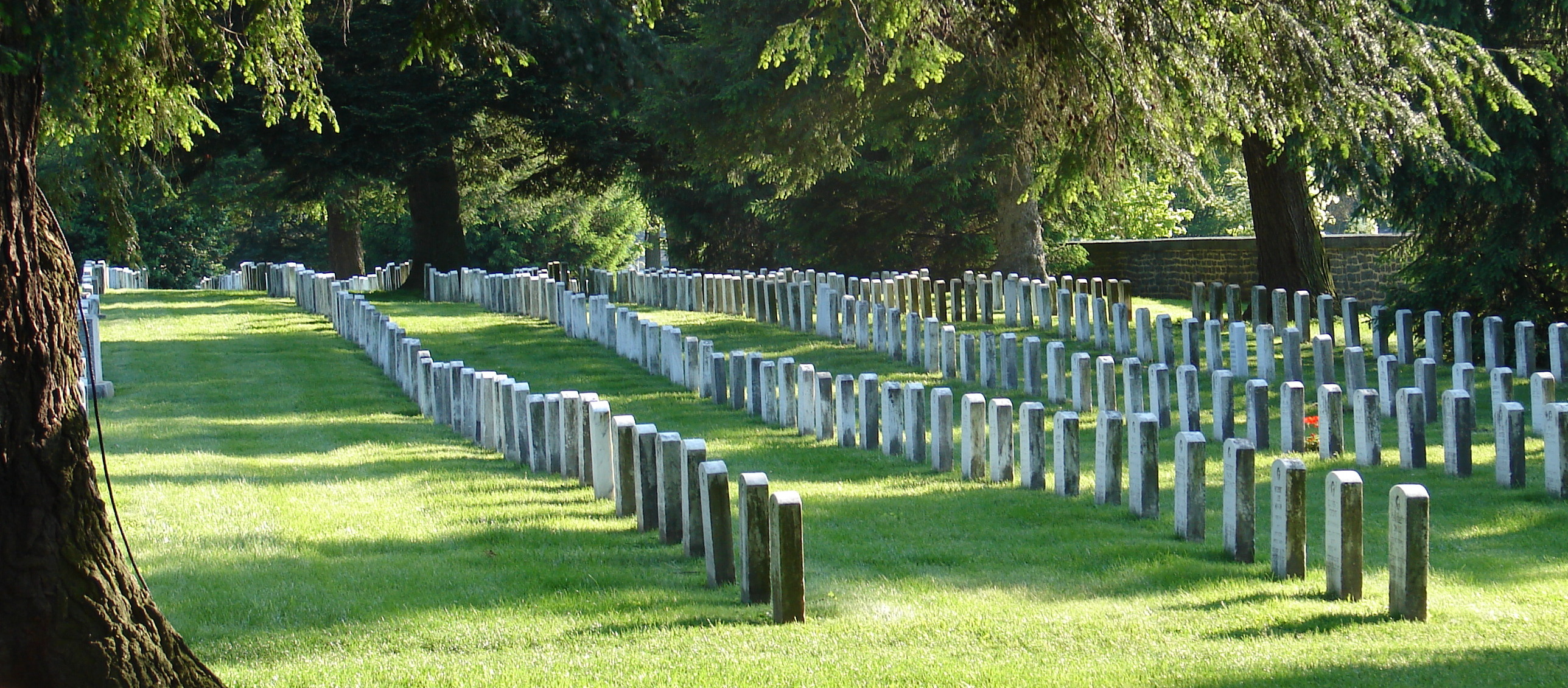Awakening, Conflict, Dedication, Affirmation…These are the subtitles of the four movements which make up American composer Roy Harris’ Symphony No. 6 “Gettysburg.” Written in 1944 during the height of the Second World War, the movements of Harris’ Symphony draw inspiration from the outline of Lincoln’s Gettysburg Address. They celebrate a mythic vision of American progress in which growing pains give way to the possible future realization of the nation’s loftiest ideals.
There are programmatic elements in the music. The second movement, Conflict, is a hellish march to war in which echoes of The Caissons blend with a disjointed football fight song. But beyond these references, Harris’ Sixth Symphony evokes something bigger and more impersonal. It seems to grow out of the American landscape itself. This is soaring, cinematic music which suggests expansive, wide-open prairie vistas- the kinds of landscapes Harris must have encountered growing up in early twentieth century Oklahoma. This distinctly American music often feels satisfyingly static. Instead of worrying about where we’re going, we allow ourselves to become lost in the grandeur and nobility of the endless sonic expanse.
Listen to the final moments of the first movement and this lush passage near the end of the third movement, and you’ll get a sense of how closely Harris’ music is rooted in the broad-shouldered American landscape. The final movement opens with a series of upward-reaching voices. Following a dense triple fugue, the “Gettysburg” Symphony reaches a gloriously euphoric climax.
Here is the Pacific Symphony Orchestra’s recording from the early 1980s, conducted by Keith Clark:
Four score and seven years ago our fathers brought forth on this continent a new nation, conceived in liberty, and dedicated to the proposition that all men are created equal.
Now we are engaged in a great civil war, testing whether that nation, or any nation so conceived and so dedicated, can long endure. We are met on a great battlefield of that war. We have come to dedicate a portion of that field, as a final resting place for those who here gave their lives that that nation might live. It is altogether fitting and proper that we should do this.
But, in a larger sense, we can not dedicate, we can not consecrate, we can not hallow this ground. The brave men, living and dead, who struggled here, have consecrated it, far above our poor power to add or detract. The world will little note, nor long remember what we say here, but it can never forget what they did here. It is for us the living, rather, to be dedicated here to the unfinished work which they who fought here have thus far so nobly advanced. It is rather for us to be here dedicated to the great task remaining before us—that from these honored dead we take increased devotion to that cause for which they gave the last full measure of devotion—that we here highly resolve that these dead shall not have died in vain—that this nation, under God, shall have a new birth of freedom—and that government of the people, by the people, for the people, shall not perish from the earth.
-Abraham Lincoln, Gettysburg Address, 1863
Recordings
- Roy Harris, Symphony No. 6 “Gettysburg,” Pacific Symphony Orchestra, Keith Clark, conductor iTunes, Amazon
- Roy Harris, When Johnny Comes Marching Home, Seattle Symphony, Gerard Schwarz, conductor
- Roy Harris, Abraham Lincoln Walks at Midnight, Nell Tangeman, mezzo-soprano
- Roy Harris discography iTunes

